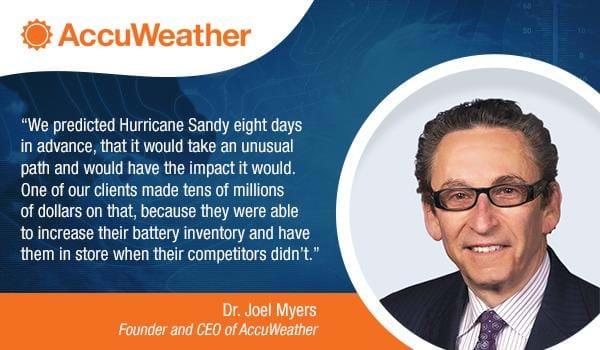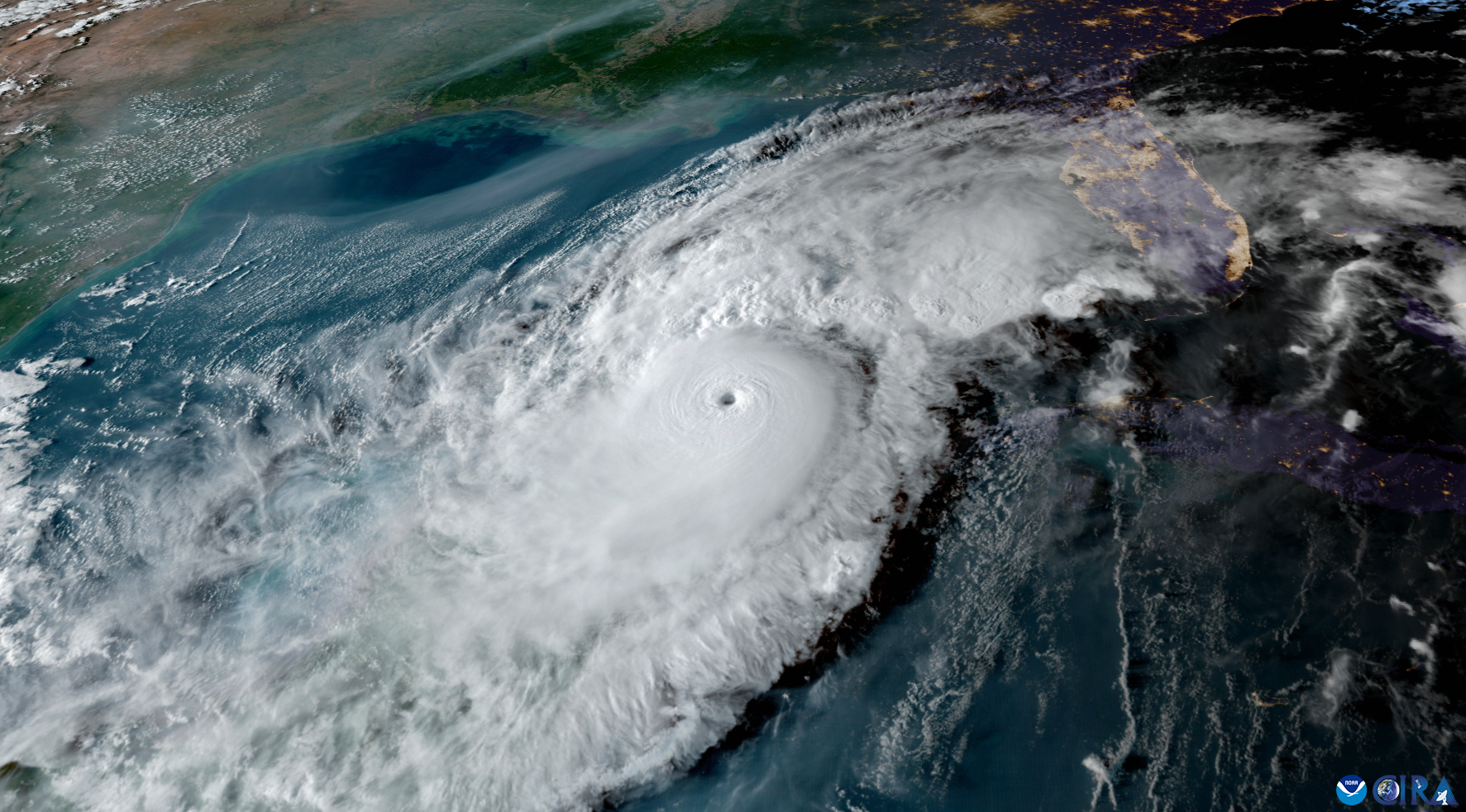With hurricane season officially underway – and an overactive one anticipated once again – business leaders and property owners need to ensure they are adequately prepared from an insurance and risk management perspective. To assist our clients with navigating these waters, we’ve compiled key recommendations to consider before and after any hurricane.
Preparation is Key
First things first, it’s important to establish a plan that includes clearly defined roles and responsibilities for preventative measures to protect your building, employees and tenants in the event of a hurricane. This plan should include everything from the identified incident response team and the established internal and external communication protocols to the selected offsite workspace, in addition to a disaster recovery plan.
Having a predetermined contact list for key service vendors, suppliers and contractors – and building relationships with those individuals in advance is also critical. When a storm of any magnitude hits, your business is not the only one affected, so establishing a vendor rapport beforehand allows you to pre-negotiate rates and availability guarantees, helping to save time and money after a disaster. If you haven’t already determined key service vendors, your insurance providers may be able to help with identifying preferred partners and should also approve of any vendors that are selected.
From a property perspective, you’ll want to ensure your buildings and structures are adequately protected to mitigate potential damage. Precautionary steps like boarding up buildings, covering windows and landscaping, and fastening anything that could blow away or fall, may seem small but can significantly reduce damage and losses that occur.
Additionally, we recommend backing up important paperwork and IT services to avoid losing valuable assets. Severe weather often results in power outages and other service disruptions that may last longer than anticipated, and key files – such as property records and facility plans – should be safely stored and easily accessible in the event of a hurricane. Not only is this important for overall business operations but it is also easier to adjust claims when you can show files were recently backed up – something we are seeing right now with clients in Texas impacted by the cold snap several months ago.
In particular, for businesses or buildings that may be vacant or were unoccupied for some time due to the COVID-19 pandemic, it is just as important to follow these same steps to ensure things are properly serviced and protected ahead of hurricane season.
Read the Fine Print
When it comes to your insurance policies, it’s critical to ensure that your coverage includes appropriate, up-to-date limits and deductibles. We’re at the ready to assist clients with reviewing policies and making sure any gaps in coverage are addressed.
This includes determining if you have adequate insurance based on your location and its respective risk for floods or windstorms. By looking at detailed catastrophe modeling of your properties, we can provide guidance on exposures to loss from storms to ensure you are adequately protected. In addition, you should review your policy’s sublimits, which set coverage limits for certain scenarios, so you know what to expect if damage is sustained. For example, windstorm, flood and flood storms all have different limits based on the typical severity of the type of storm.
It’s worth noting if you have multiple properties covered under one policy, policy sublimits for things like flood and windstorm will typically apply across all properties. It is important to not wait until the hurricane is coming to evaluate or modify coverage as this is like trying to insure a burning building and insurance carriers will be bombarded with requests. Do so proactively so you can remain calm knowing the appropriate coverage is in place for any potential threat.
In the event a hurricane does hit close to home, business owners can typically tap into business interruption insurance and extra expense limits for any losses that occur due to suspended operations resulting from a natural disaster, like a hurricane. This also applies to property owners who may need to move tenants to a different location while the property is being fixed – a process that could take several months depending on the severity of the storm and the associated damage – and are therefore not incurring rent.
Now What?
If your business is impacted by a hurricane, the first step would be to implement your disaster recovery plan. Then, as soon as it is deemed safe to re-enter the property, all damage should be described in detail and recorded with photos and/or videos. During this time, you should also take a full inventory of damaged materials, as this documentation will be important throughout the claims process, and it is wise to save important pieces of building material to help in the restoration process. It’s important to note that most claims require you to immediately notify the carrier of damage and provide the documented “proof of loss” within a specific time frame. Before doing so, we recommend contacting your Graham Company claims consultant to guide you through this process.
Addressing any damage in a timely manner is also a recommended best practice in order to avoid any issues that could worsen as time goes on or with additional weather events. Taking immediate actions – such as covering an exposed roof, securing doors and windows, removing water, and drying out any affected areas – can lessen the potential impact of further deterioration and keep those in the vicinity safe from harm. For more dangerous and technical issues, like getting the electric system back up and running, consult a qualified professional.
Additional Resources
Please contact your Graham Company account manager, safety adviser or claims consultant if you have any questions regarding hurricane preparedness. In the event of an emergency claim situation, please immediately contact our Emergency Claims Line at 888.472.4262.
If interested in learning more, check out other Graham and partner resources on hurricane preparedness below.
- Hurricane Preparedness Checklist
- Steps to Reduce Risk Following a Natural Disaster
- Protecting Your Property & Your Bottom Line: Rental Income Loss Coverage
- FEMA Risk Rating 2.0
- Manufacturing Best Practices
In addition, we encourage you to listen to Episode 1 of the Risk Playbook Podcast. In our first episode, Vice Chairman Mike Mitchell is joined by Dr. Joel Myers, the founder and CEO of AccuWeather, to share his insights into changing weather patterns across the U.S. and the role AccuWeather’s forecasts play in mitigating risk for people, properties and businesses.








EB.jpg)